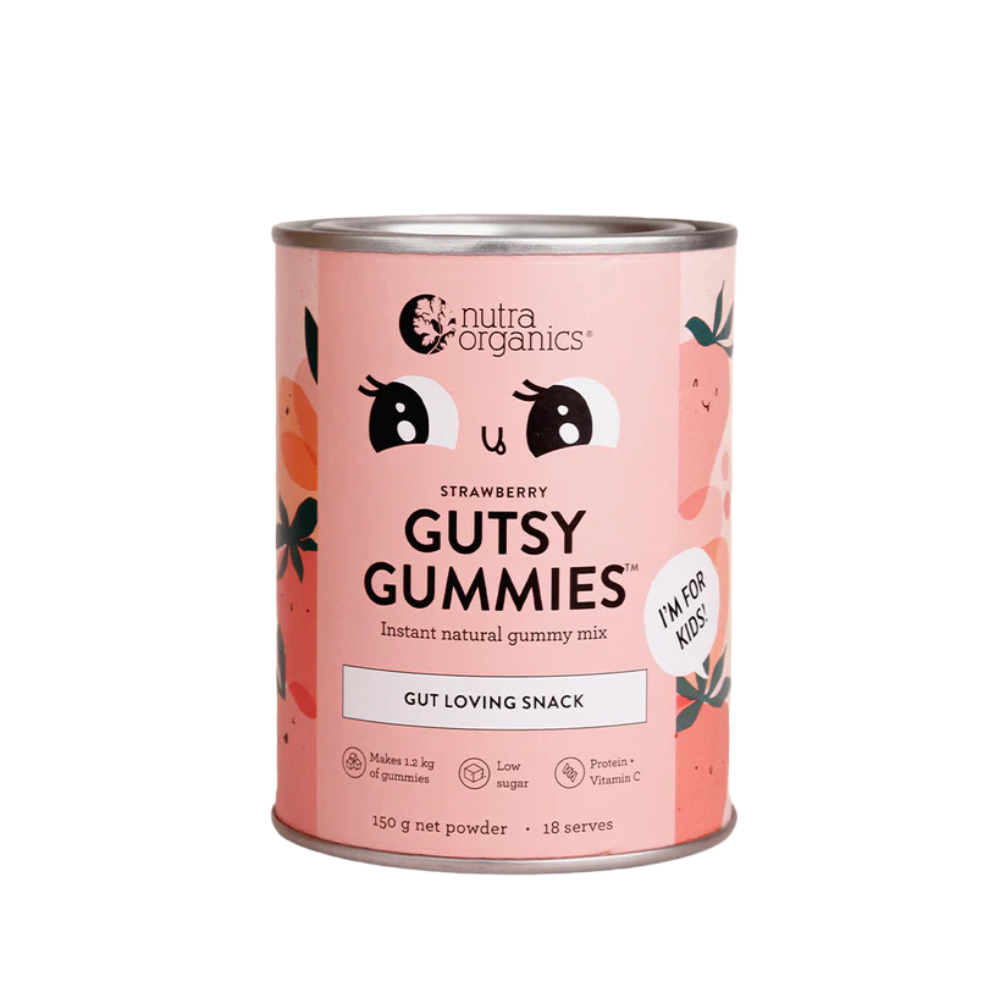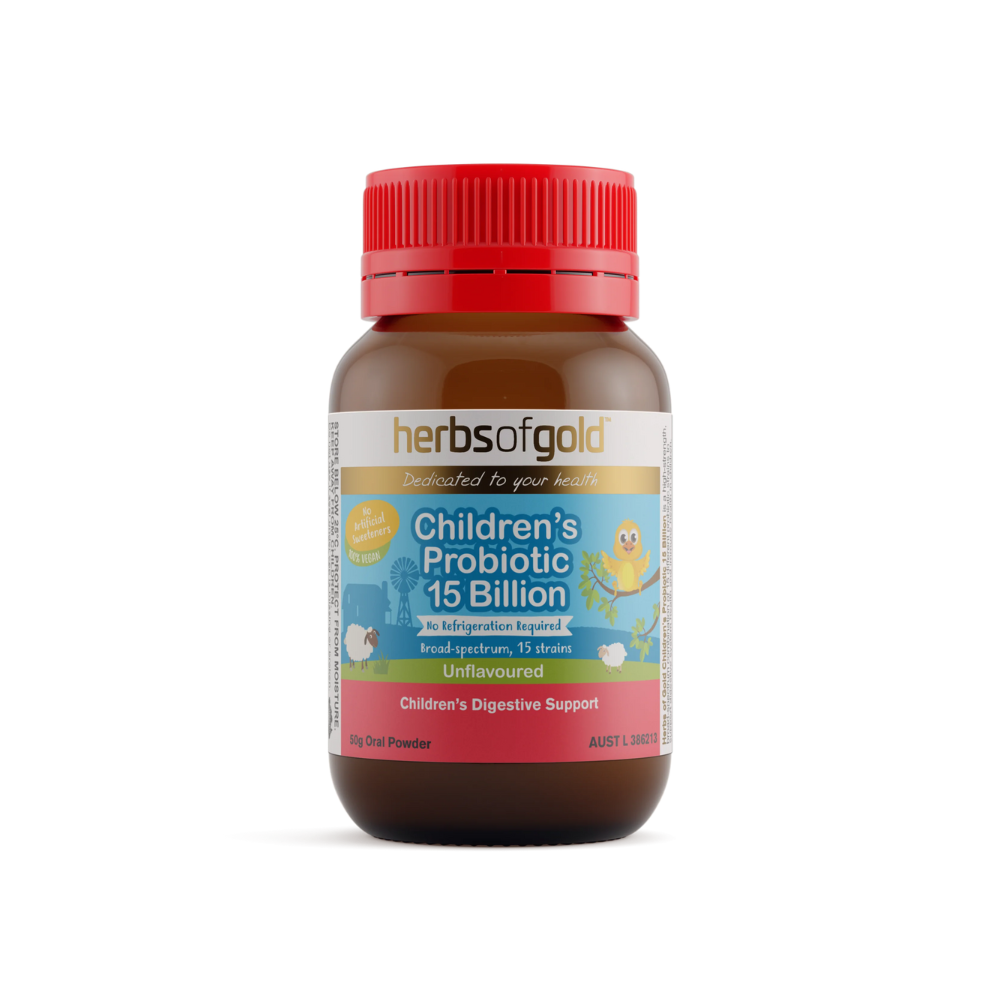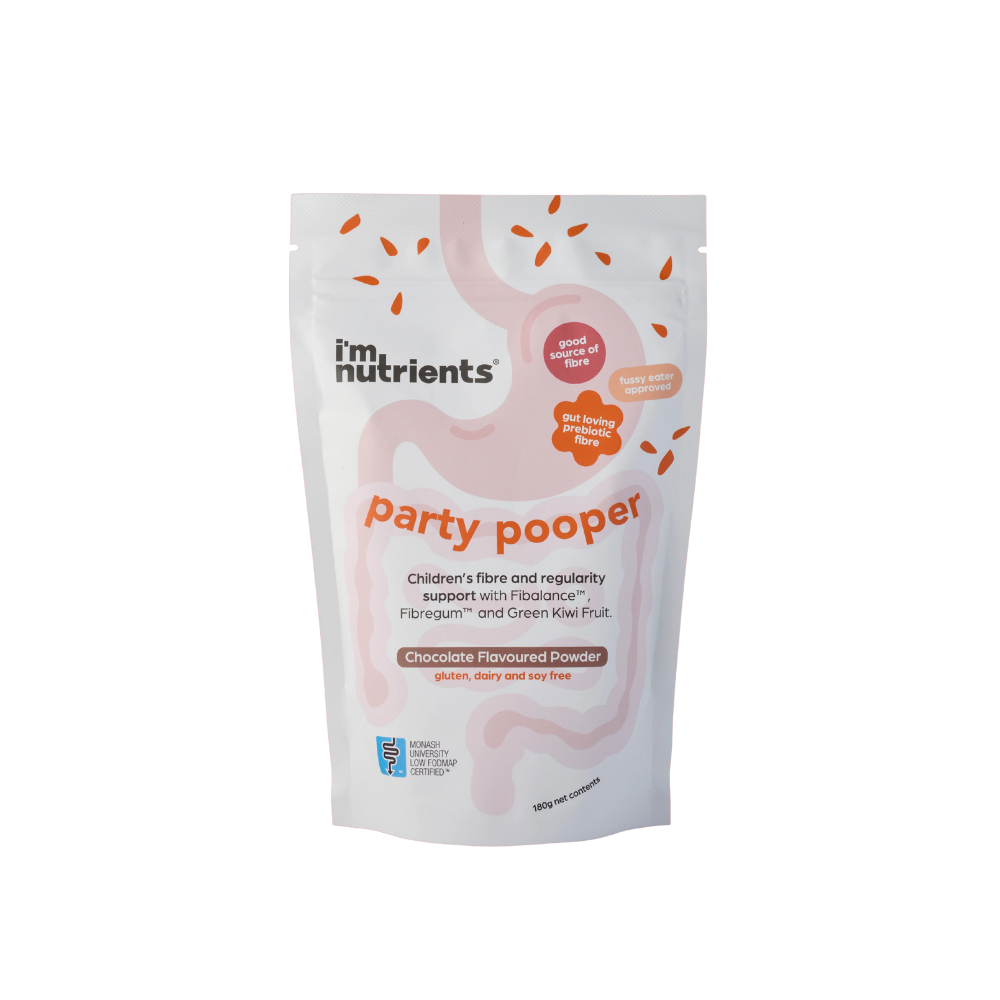If you’ve ever watched your child struggle to “go”, you know just how distressing it can be.. for them and for you. Constipation in kids is common, especially during certain stages like starting solids or toilet training. However luckily, there are plenty of gentle, natural ways to get things moving again.
This guide breaks down what to look out for, why it happens, and simple food-based solutions you can feel good about trying at home.
What Is Constipation in Children and What Signs Should I Look Out For?
Every child has their own normal when it comes to bowel movements. Some go daily, others every second or third day. As long as it’s easy to pass and doesn’t cause pain, either can be perfectly healthy.
Constipation becomes an issue when your child starts to struggle - holding in stool, passing hard or painful poos, or going several days without a bowel movement, especially if that’s not typical for them.
Some children will soil their underwear with what looks like diarrhoea. In reality, this is often soft stool leaking around a hard, impacted blockage - a condition known as encopresis.
You might also notice some of these signs:
- Hard, dry, or pellet-like stools
- Tummy pain or cramping
- Bloating or excess gas
- Reduced appetite or refusing food
- Moody, irritable, or cranky behaviour
- Withholding (standing on tiptoes, clenching, or hiding to avoid going)
- Reluctance to use the toilet
-
Bedwetting or new night-time accidents
Over time, withholding can become a habit, especially if your child has experienced pain when going. This sets up a difficult cycle: holding in stool makes it harder and more painful to pass, which makes them more likely to hold it in again.
What Causes Constipation in Kids?
There are usually a few different reasons behind constipation - and they’re not always obvious! Diet is one of the biggest factors. Kids who don’t eat enough fibre-rich whole foods, or who aren’t drinking enough water, can quickly become backed up.
Common causes include;
-
Low-fibre diets, especially those high in processed or packaged foods
-
Inadequate water intake
- High dairy consumption
- Transitioning to solid foods
-
Emotional factors such as toilet anxiety, stress, or fear of painful bowel movements
-
Distractions - eg. kids may be too busy playing to take a bathroom break
-
Unfamiliar environments, like using public toilets or school bathrooms
Natural Ways to Relieve Constipation
The first step in treating constipation naturally is food. A balanced diet with plenty of fibre, fluid, and natural laxatives can make all the difference. Here’s what to focus on:
Add fibre, slowly and consistently. Fibre helps bulk and soften stool, making it easier to pass. Try:
- Whole fruits and vegetables (skin on where possible)
- Whole grains like oats, brown rice, quinoa, and wholemeal pasta
- Legumes - think baked beans, lentils, and black beans
-
Swapping white bread/pasta for wholegrain or ancient grains (eg, spelt, khorasan)
Aim for around 5 serves of fruit and veg a day. A mix of soluble and insoluble fibre is best.
Don’t forget water! If you plan on increasing your child’s fibre, you need to increase their water too. Without enough fluids, added fibre can actually make constipation worse. Keep water accessible and sip-friendly throughout the day.
10 Natural Laxatives for Kids
These foods are gentle on the tummy and can help get things moving naturally.. without resorting to laxatives too quickly:
1. Pear Nectar
Not to be confused with juice! Pear nectar has a higher sugar content (including sorbitol, which has a mild laxative effect - sorbitol draws water into the large intestine, which can help soften stool and stimulate a bowel movement). Warm it slightly for extra effect.
2. Berries
Strawberries, raspberries, and blackberries have tiny seeds and plenty of fibre that help bulk up stool and stimulate movement.
3. Cherries and Apricots
These are high in fibre and contain sorbitol, which has a natural laxative effect.
4. Seeds
Chia, flax, sesame, and poppy seeds can be mixed into yoghurt, porridge, or smoothies for a fibre boost.
5. Prunes and Prune Juice
A classic for a reason. Prunes are rich in fibre and sorbitol - just 1 cup of prune juice contains about 3g of fibre.
6. Molasses
Blackstrap molasses is high in magnesium, which can stimulate the bowels. Add a spoonful to porridge or a smoothie.
7. Beans and Lentils
Full of fibre and easy to include in soups, stews, tacos, or blended into sauces and dips.
8. Whole Grains
Barley, oats, brown rice, and wholegrain crackers or cereal support digestion and regularity.
9. Dried Fruit (in moderation)
Raisins and dried apricots are high in fibre and helpful in small amounts. Raisins also contain tartaric acid, which speeds up transit time in the gut.
10. Nuts
If your child is old enough and not allergic, nuts like almonds or cashews are a great high-fibre snack.
How Much Fibre Do Kids Need?
It varies by age, but here’s a general guide:
|
Age Group |
Daily Fibre Goal |
|
1–3 years |
19g |
|
4–8 years |
25g |
|
9–13 years (girls) |
26g |
|
9–13 years (boys) |
31g |
|
14–18 years (girls) |
26g |
|
14–18 years (boys) |
38g |
What If Fibre Doesn’t Help?
If your child isn’t drinking enough water, extra fibre can actually cause more bloating and discomfort. Some kids also struggle with the bulk of a high-fibre diet - especially if they’re already holding in stool. Start slow, focus on hydration, and let their gut adjust gradually.
Exercise and movement are also very important! Even gentle play, stretching, or a walk after dinner can help get things going.
When to Get Extra Support
Natural approaches work well in most cases. But if your child is still in pain, withholding regularly, or experiencing frequent accidents or soiling, it’s a sign that something deeper may be going on. Rather than jumping straight to laxatives, it can be helpful to work with a practitioner who can support the whole picture: diet, nervous system, gut health, and more.
You can book with our team of qualified naturopaths at Nourishing Apothecary - online or in person - to get personalised support and a plan that gently gets things moving again, for good.
You’re Doing a Great Job!
Read that again! Constipation can be frustrating, messy, and stressful, but you’re not alone! Most children experience it at some point, and it doesn’t mean something is wrong with you or your child (or how you’re parenting them).
By staying calm, making gentle dietary changes, and encouraging regular bathroom habits, you’re giving your child the tools they need to feel better.. not just now, but long-term.
Trust your instincts. Be kind to yourself. And remember: a little prune juice and a whole lot of patience go a long way.
High-Fibre Foods Chart
|
Food |
Serving Size |
Fibre Content |
|
Wholemeal pasta |
1 cup |
7.9g |
|
Carrots (unpeeled) |
1 cup |
6.9g |
|
Kidney beans |
100g |
6.5g |
|
Corn (on the cob) |
1 cob |
5.9g |
|
Rolled oats |
½ cup |
4.5g |
|
Wholemeal biscuits |
2 biscuits |
4.2g |
|
Broccoli (unpeeled) |
1 cup |
3.8g |
|
Lentils |
100g |
3.7g |
|
Sweet potato (skin on) |
1 cup |
3.7g |
|
Brown rice |
1 cup |
2.7g |
|
Almonds |
30g (25 almonds) |
3.0g |
|
Dried apricots |
30g (5 pieces) |
2.5g |
|
Wholegrain bread |
1 slice |
2.4g |
|
Banana |
1 medium |
2.3g |
|
Apple |
1 medium |
2.2g |
|
Psyllium husk |
1 tablespoon |
2.2g |
|
Popcorn (air popped) |
1 cup |
1.2g |








